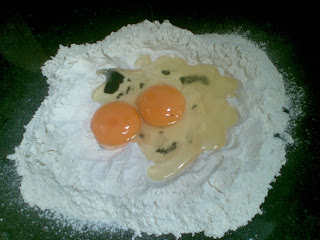 |
| Purple Sprouting Brocolli |
I grew it first as it is one of the few green vegetables that comes into season in February and immediately fell in love with it for its taste. I have been growing it for 20 years now and have been using the variety Early Purple, which produces prolifically from about the second week of February through to April.
When it comes to cooking and eating it, the simpler the better. Today we had a light lunch of brocolli spears that had been boiled and then dipped them in freshly made wild garlic aioli. Simple but gorgeous. They work very well with pasta too - the classic Orecchiette with Anchovies and Broccoli being a favourite.
One of the drawbacks of purple broccoli is that it takes a long time to grow. The broccoli we ate today was sown in the middle of April last year. A long time to wait but I assure you it is well worth it. It is sown outdoors in a seedbed like you would any other brassica and transplanted when about 15-20 cm tall spacing plants about 50-60 cm apart.
This year I was browsing in our local garden centre and came across two packets of broccoli seed I hadn't noticed before. Both come from Thompson & Morgan. The first, Summer Purple promises purple sprouting broccoli between July and November if it is sown in intervals between March and June. The second packet contains three varieties, Red Admiral F1, Rudolph and Cardinal, which if sown in May - early June promises to crop from November right through to May. So if the promise is fulfilled I should have purple broccoli from July this year all the way through to May next year






